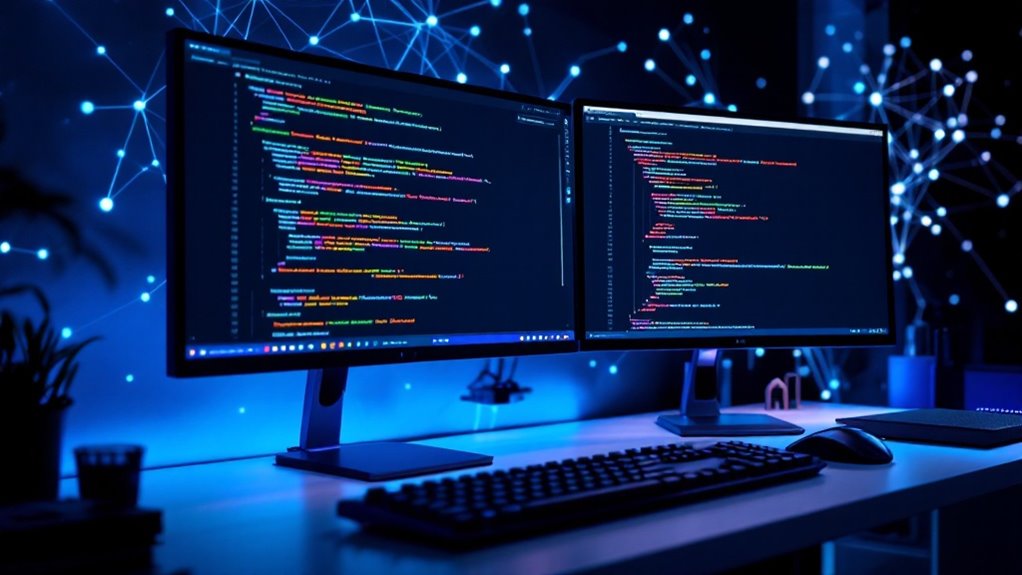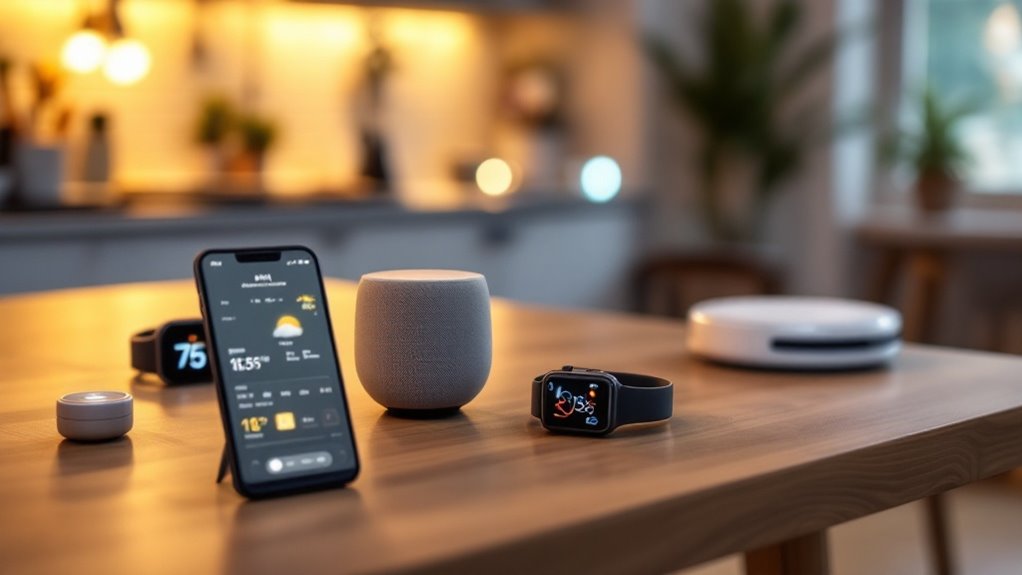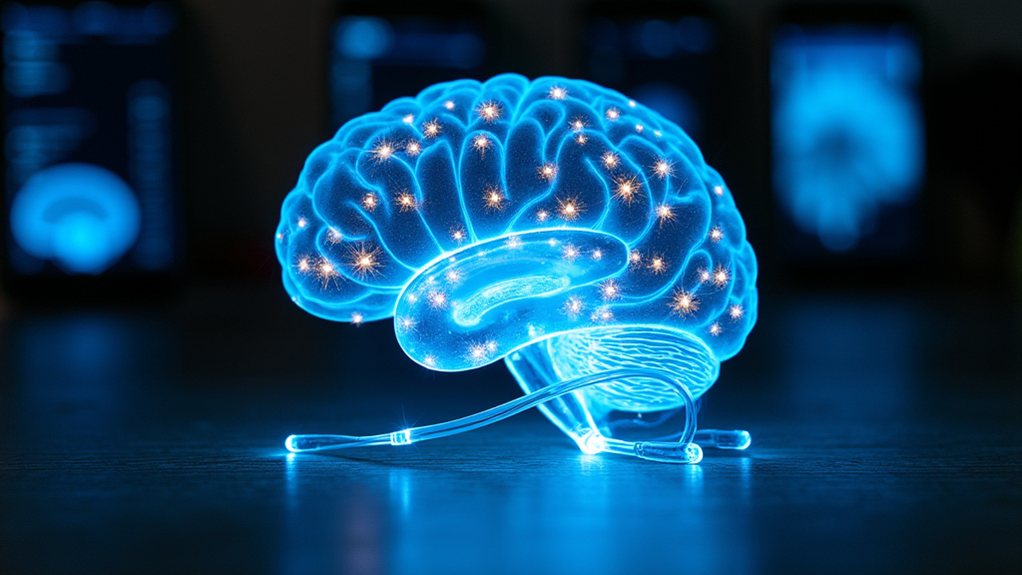Generative AI tools have gone mainstream with impressive capabilities. ChatGPT dominates text generation with 200 million users, while Midjourney and DALL-E create stunning visuals from simple prompts. For developers, GitHub Copilot writes code while you watch. ElevenLabs produces eerily realistic voices, and AIVA composes original music that doesn’t sound robotic. These aren’t just party tricks anymore—they’re reshaping workflows across industries. The real magic happens when you start experimenting yourself.
The technological explosion known as generative AI has transformed from niche curiosity to ubiquitous productivity powerhouse in just a few short years. What began as quirky text generators has evolved into sophisticated ecosystems of tools spanning every creative and technical discipline imaginable.
And no, they’re not coming for your job—though they might make you rethink how you spend your working hours.
ChatGPT dominates the text generation landscape with its 200 million users and impressive ability to remember context (unlike your ex). For marketing professionals, Jasper specializes in producing high-quality copy that actually converts, while Claude excels at coding and complex analysis tasks that would make most humans reach for another coffee. The best part is that every one of these tools offers free plans or trials without requiring credit card information, making them accessible for exploration.
In the visual domain, Midjourney creates stunning artistic images that’ll make you question if human artists should just pack it up already. Stable Diffusion offers the open-source alternative for the “I could build that myself” crowd, while DALL-E generates remarkably detailed visuals from simple prompts.
Adobe Firefly integrates directly into Creative Cloud—because of course Adobe wouldn’t miss this party.
Video creation tools like Synthesia and OpenAI’s Sora are turning scripts into full-blown videos faster than you can say “lights, camera, automation.” The McKinsey research indicates these tools are part of a broader trend that could generate economic value between $2.6-4.4 trillion across industries. Meanwhile, developers are leveraging GitHub Copilot to write code while they daydream about their next coffee break.
The audio landscape hasn’t escaped the AI revolution either. ElevenLabs produces voices so realistic you might forget you’re listening to a machine, while AIVA composes original music that would make Mozart raise an eyebrow.
For businesses chasing those precious Google rankings, tools like Jasper and Surfer SEO help optimize content for the algorithm gods. These tools don’t just throw keywords around—they actually understand search intent, which is more than we can say for some human marketers.
These tools are built on deep learning models that identify patterns in vast amounts of data to create novel content that previously required human creativity.
The generative AI gold rush continues unabated, leaving professionals with a choice: adapt and integrate these tools, or risk becoming as relevant as a floppy disk in a data center.









